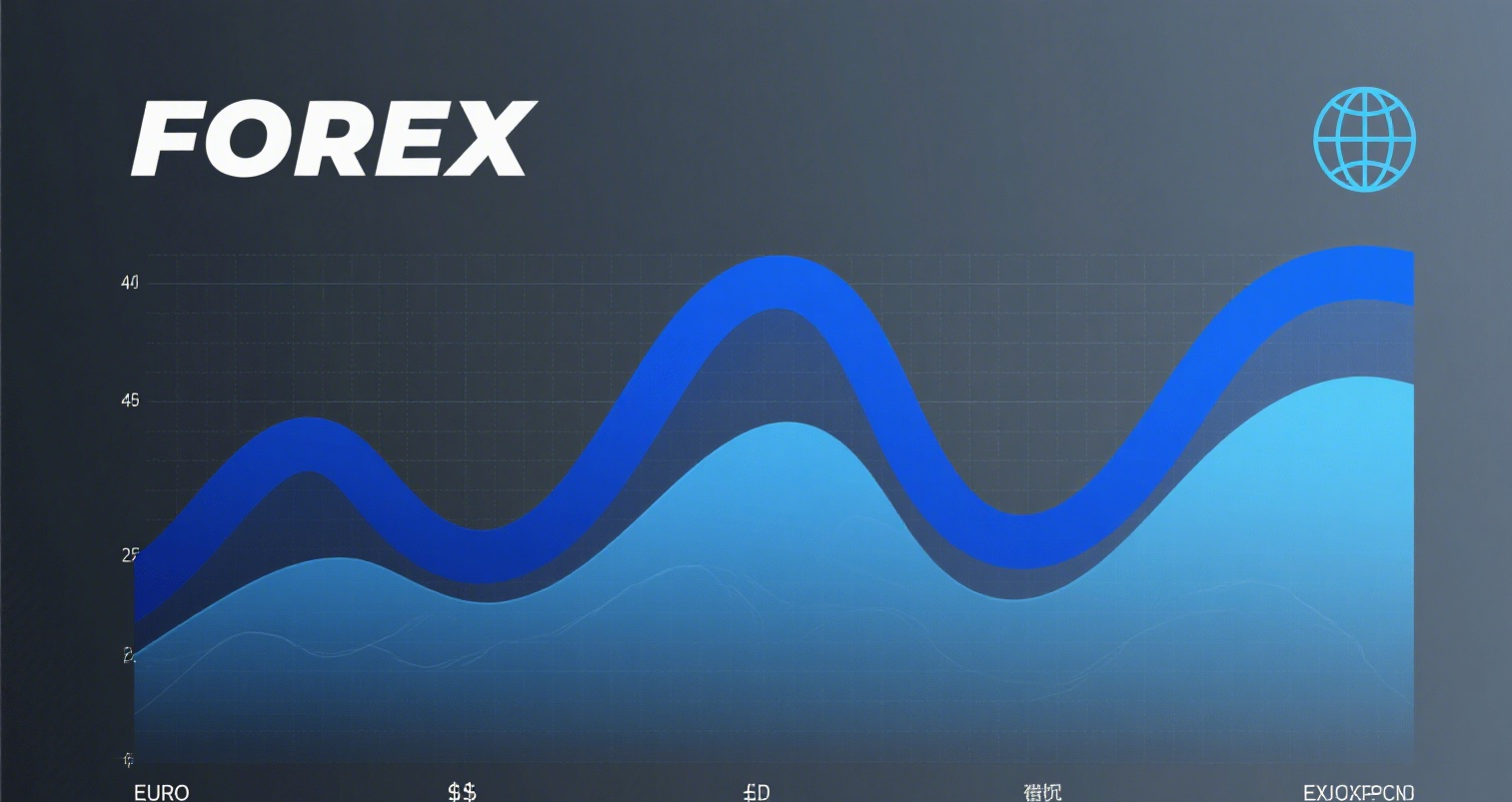
Is a Market "Sell Signal" Emerging?
Global fund managers are piling into risk assets at a record pace, pushing market sentiment to multi-month highs. However, Hartnett recently warned that this survey—which he calls the "famous contrarian indicator"—may be triggering a clear sell signal.
The survey shows investor risk appetite has grown at its fastest pace since 2001 over the past three months. In July, allocations to U.S. equities saw their biggest monthly increase since last December, while tech stock allocations posted their largest three-month jump since 2009. Meanwhile, cash holdings among fund managers dropped to 3.9%, breaching the 4.0% threshold that Bank of America’s trading rules flag as a "sell signal."
This optimism follows the S&P 500’s relentless record highs, bolstered by confidence in corporate earnings and the U.S.’s ability to navigate trade disputes. The survey revealed a complete reversal in recession expectations, with pessimism nearly vanishing as most respondents now foresee no economic downturn in the next year.
Yet despite the bullishness, Hartnett cautioned that "greed is always harder to reverse than fear."
BofA’s fund manager survey has earned a reputation as a "famous contrarian indicator," accurately signaling key inflection points over the past 12 months. Hartnett highlighted that the survey has become an "excellent reverse indicator," marking critical turning points—such as showing pessimism at market bottoms (e.g., August 2024) and optimism at peaks (e.g., February 2025).
From this perspective, July’s bullish sentiment may foreshadow profit-taking and a summer pullback. Bubble-like indicators include: cash allocations below 4.0%, over 90% expecting a soft/no landing, and net equity overweights exceeding 20%—all hallmarks of a "toppy" market.
Still, Hartnett noted that while a correction is possible, he doesn’t expect a major summer sell-off since equity exposure isn’t yet "extreme" and bond market volatility remains contained.
Separately, Goldman Sachs’ latest QuickPoll of institutional clients revealed rapidly growing confidence in U.S. stocks—especially the "Magnificent Seven" tech giants—even as dollar bearishness neared record highs. The July 1-2 survey (800 respondents) showed risk appetite matching January 2025 levels when "American exceptionalism" dominated, though flows are now more diversified, with dollar assets being trimmed in favor of Europe and other developed markets.
However, overly consensus positioning raises reversal risks. The poll showed bullishness on risk assets, the S&P 500, and gold far above historical averages, while oil and dollar sentiment lagged. "Extreme one-sided consensus makes markets fragile—any minor data point could trigger a swift adjustment," admitted Goldman’s Marquee strategist John Osterlund.
Facing potential herd behavior, Goldman trader Brian Garrett suggested low-cost hedges against "entrenched consensus," such as betting on simultaneous declines in the S&P 500 and euro to counter both "American exceptionalism" and "dollar weakness" narratives.
















